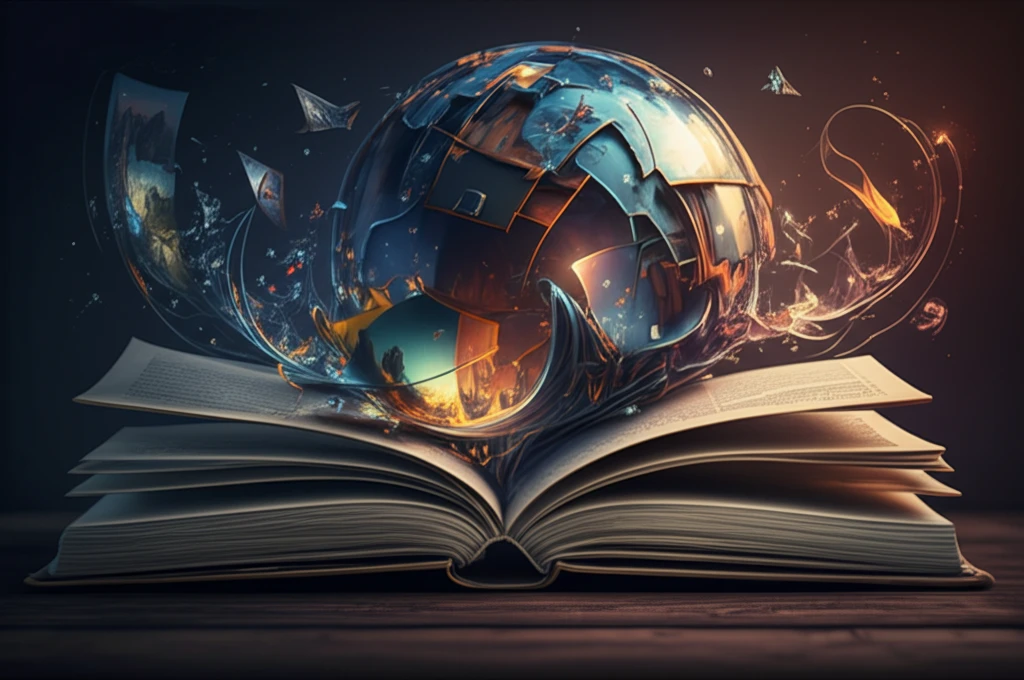
Decoding Cultural DNA: How Understanding Art History's Hidden Codes Can Unlock Your Creativity
"Delve into the fascinating world of art history and discover how analyzing its visual language can revolutionize your creative process."
Ever feel creatively stuck? Sometimes, the most unexpected solutions lie in revisiting the past. Art history, often perceived as a realm of dusty museums and forgotten masterpieces, holds a wealth of untapped potential for modern creatives. It's a vast repository of visual language, cultural codes, and innovative techniques waiting to be rediscovered and reinterpreted.
This isn't about becoming a copycat artist or getting bogged down in academic jargon. It's about learning to decipher the underlying structures and symbolic meanings within art, then using that knowledge to ignite your own original ideas. Think of art history as a cultural DNA sequence – a complex code that, when understood, can reveal the secrets to unlocking new creative pathways.
We'll explore how analyzing the 'innervation' of artworks – the web of influences and ideas that shaped them – can reveal powerful insights. This journey will take us beyond simple appreciation and into the realm of active engagement with the past, turning you into a cultural detective and a more innovative creator.
The Laboratory of the Mind: Turning Art History into a Creative Playground

Modern science views labs as 'reconfiguration of nature', art history is no less of value as laboratories for the mind. The discipline allows you to bring art-historical objects 'in house', giving you the room to question the dimensions of the work.
- Uncovering Hidden Influences: Researching the artists, their influences, and the historical context surrounding the artwork reveals a web of interconnected ideas.
- Decoding Visual Symbols: Analyzing the symbolism, iconography, and visual language of the artwork unearths deeper layers of meaning.
- Tracing the Evolution of Techniques: Understanding the materials, methods, and technical innovations used in creating the artwork provides insights into the creative process.
The Art of Seeing: Cultivating a Creative Vision
Art history isn't about memorizing dates or passively admiring masterpieces. It's a dynamic process of investigation, interpretation, and creative application. By embracing this mindset, you can unlock the hidden potential of the past to fuel your imagination and transform your creative endeavors.
